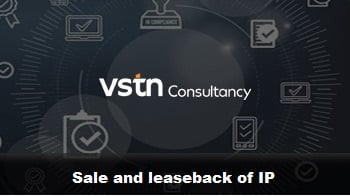Transfer Pricing – Advertisement, Marketing and Promotion (“AMP”) Expenses
One of the most controversial issues in the transfer pricing arena which started in the past decade was treating Advertisement, Marketing and Promotion (AMP) expenses of Indian entities as an international transaction. Over the years the tax authorities have been consistently arguing that the excessive AMP spent by an Indian subsidiary lead to an increase in the Brand value of the foreign Associated enterprise (AE) and this is an international transaction and is subject to TP provisions.
The absence of any regulation dealing with AMP issue and the fact that the principle is completely fostered based on judicial pronouncements by various tax forums add to the controversy. The Delhi High Court (“HC”) in the case of Maruti Suzuki India Ltd explicitly held that AMP does not constitute an international transaction and that the use of ‘bright line test’ (BLT) approach as inappropriate for making an adjustment. However, the SLP filed before the Supreme Court against this HC decision is still pending and hence the issue is yet to attain finality. In the interim, apart from BLT, the transfer pricing authorities are adopting various innovative measures to impose adjustments such as:
- AMP intensity adjustment –Treating the assessee’s marketing activity as a separate function and factoring AMP intensity in profit rates of comparable companies while benchmarking the import transactions to arrive at the TP Adjustment.
- 50-50 adjustment – Attributing AMP spend as being incurred equally towards brand development of the foreign AE and towards the benefit of the Indian entity thereby imposing adjustment to recover the 50% of the expenses from the foreign AE. Some cases a profit mark-up is also expected on the cost to be recovered.
- Brand building as a service – Treating the AMP spend as a brand building service rendered by the Indian subsidiary to its foreign AE and thereby attributing notional income as a percentage on sales determined on an ad-hoc basis.
Until the issue is decided at the Apex Court, taxpayers are faced with these adjustments every year at the TPO level irrespective of favorable orders in their own case itself before the ITAT.
As businesses expand across borders, navigating complex transfer pricing regulations becomes critical. At VSTN Consultancy, a global transfer pricing firm, we specialize in helping companies stay compliant and competitive across key markets including:
India | UAE | USA | KSA | Dubai | Asia Pacific | Europe | Africa | North America
Whether you’re preparing for benchmarking intercompany transactions, or developing robust TP documentation, our team is here to support your international strategy and Compliance.
Contact us today to explore how we can partner with you to optimize your global transfer pricing approach.
#TransferPricing #TransferPricingFirm#VSTNConsultancy #TaxCompliance #IndiaUAEUSA
#TPExperts#TransferPricingExperts#GlobalTransferPricingFirm










